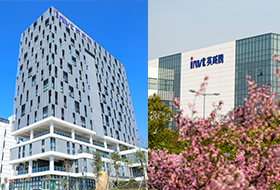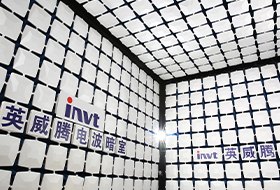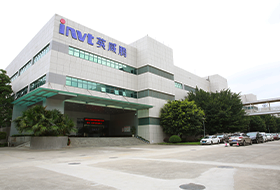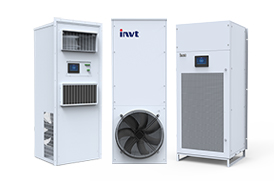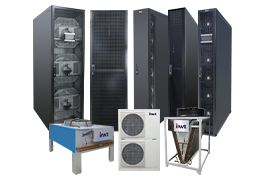What is data center virtualization?
Simply put, data center virtualization is the process of creating virtual copies of physical data center resources. This includes all hardware and software resources such as servers, storage devices, networks, operating systems, applications, and platforms. As companies undergo digital transformation, they seek access to the latest technologies while reducing the costs of purchasing and maintaining hardware and software. Data center virtualization technology enables them to achieve these goals and provides additional benefits.
How does data center virtualization work?
Data center virtualization systems are created using hypervisors. A hypervisor is a specialized software for creating and managing virtual machines (VMs). Massive data centers have abundant computing resources, and virtual machines can be used to allocate better and maximize resources. Once built, the virtual machine is assigned all the components a physical data center has, including memory, storage, and even an operating system.
A virtual machine can be thought of as a virtual layer that exists on top of a real data server or machine, isolated from other virtual machines. Type 1 hypervisors (bare metal hypervisors) run directly on the physical hardware, while type 2 hypervisors (managed hypervisors) run on top of the operating system.
Using a hypervisor and managing virtual machines, users can create one or more virtual data centers for better resource utilization. Once virtual machines are running, data center virtualization can be used to virtualize a variety of resources, including:
• server
• Storage
• network
• Safety
• manage
Benefits of Data Center Virtualization
Virtualization technology has many benefits, from cost savings and scalability to cybersecurity and sustainability.
Cost
Organizations can consolidate their infrastructure and avoid the upfront hardware and software licensing and maintenance costs. Additionally, by providing supported virtualization solutions, companies can reduce the costs associated with their in-house IT teams.
Get technology
From artificial intelligence to machine learning to automated APIs, technology is evolving at a rapid pace. Companies can use top virtualization services to gain access to the latest innovations. If they developed these tools in-house, the cost would be prohibitive.
Visualization and centralization
Data center virtualization breaks down silos, centralizes data and infrastructure, and enhances visibility. This creates more agile and responsive systems and enables companies to make data-driven decisions, improve performance, and identify risks.
Cybersecurity, compliance, privacy and governance
Virtual machines can be easily backed up and restored, which helps reduce downtime in a disaster. Additionally, virtualization can help improve security by isolating virtual machines from each other and from physical hardware. Compliance and governance can also be automated and better managed through these systems.
Sustainable development
Running heavy workloads in data centers requires high computing processing power, which automatically translates into increased energy costs and carbon footprint. However, by managing and optimizing virtual machines, companies can gain insights into power consumption and take steps to improve sustainability.
Keynote: The future of data center virtualization
The benefits of virtualization far outweigh the risks and challenges, especially if a company adopts best practices, builds a culture of innovation, and has a strong and clear strategy and plan. Data center virtualization is becoming the industry norm, and modernization is the way forward to drive business and organizational results.

 networkpowersales@invt.com.cn
networkpowersales@invt.com.cn
